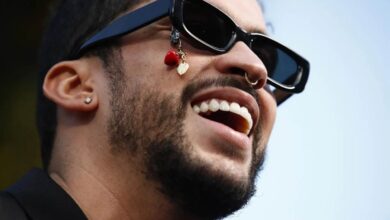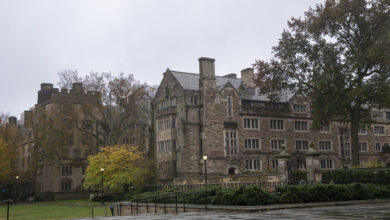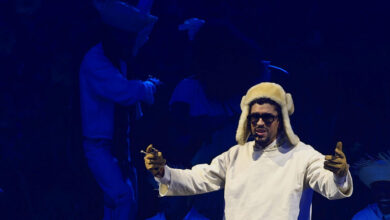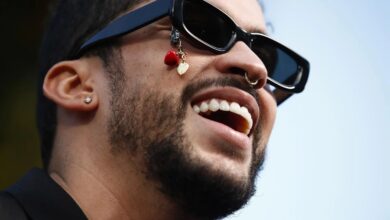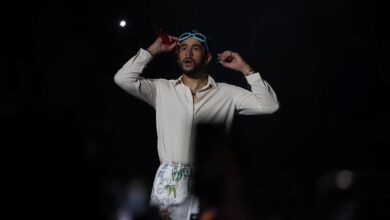Bad Bunny’s Super Bowl Takeover: The NFL’s Bold Bet on Latin America’s Future Fans
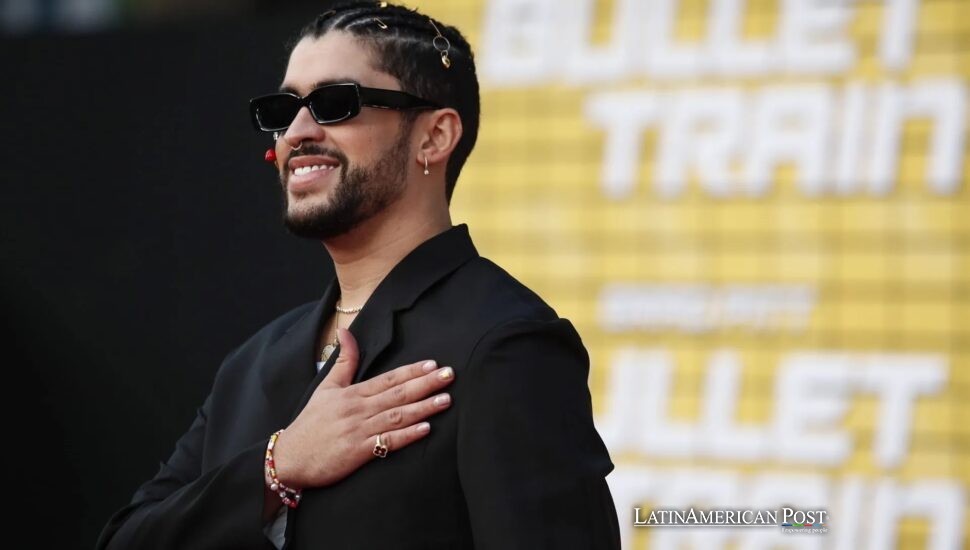
When Bad Bunny walks onto the Super Bowl halftime stage, it won’t just be a concert—it’ll be a conversion ritual. The world’s most-watched show will double as the NFL’s loudest declaration yet that its next era of growth speaks Spanish, dances reggaeton, and calls Latin America home.
A Halftime Show as Market Strategy, Not Just Fireworks
This is not a coincidence—it’s calculus. The NFL’s decision to move Bad Bunny from a surprise guest in 2020 to headliner at Super Bowl LX is part of a deliberate play for the league’s fastest-growing audience: Hispanic and South American fans.
“By placing Bad Bunny center stage at the Super Bowl, the NFL is making a statement about its commitment to grow and deepen its connection with Hispanic and South American fans,” said Ben Sturner, founder of Leverage Agency, in an interview with Forbes. He called the Puerto Rican star “the ultimate crossover…to engage audiences across cultures and drive the league’s expansion into key growth markets.”
The message is as simple as it is strategic. If you want a share of wallet and time in Mexico City, São Paulo, Bogotá, and Miami, you speak through the voices already living rent-free in their heads. The NFL isn’t just booking an artist—it’s borrowing a passport.
And the timing couldn’t be sharper. The league’s “Por La Cultura” campaign has already re-centered its storytelling in Spanish. International scheduling has followed suit: from Mexico’s packed Azteca Stadium to São Paulo’s Corinthians Arena, where the Chiefs and Chargers faced off in front of 60,000 roaring Brazilian fans last month. The NFL has now promised at least three regular-season games in Rio de Janeiro starting in 2026.
The Super Bowl is the spark. Rio is the revenue.
Why Bad Bunny Unlocks Audiences Algorithms Can’t Reach
Demographics tell the story. As Forbes contributor Isaac Mizrahi wrote, U.S. Hispanics are the country’s largest and youngest minority—a domestic growth engine hiding in plain sight. Abroad, Mexico and Brazil are already the NFL’s two biggest foreign markets.
Enter Bad Bunny, the world’s most streamed artist three years running—a Puerto Rican who writes and sings almost exclusively in Spanish but moves product everywhere from Tokyo to Texas. He’s bilingual, bicultural, and born of the same hybrid identity the league now hopes to court.
“This booking ensures significant political and social discourse,” said sports consultant Walter Franco to Forbes, noting Bad Bunny’s Spanish-first art and outspoken politics. “There’s a perception that he’s a foreigner—though he’s a U.S. citizen—and that’s part of the intrigue.”
Franco said the NFL learned from the Taylor Swift–Travis Kelce effect: tap pop culture, and you reach markets previously thought “not penetrable.” It’s a recognition that culture is distribution. For a league long dependent on helmets and highlight reels, that’s a genuine shift.
There’s risk baked in. Bad Bunny excluded the U.S. from his current tour over fears of immigration raids—a decision that made political headlines. Yet the NFL booked him anyway. “It’s a risk worth taking,” Franco told Forbes, “because that’s where the future fans are.” For a brand obsessed with consensus, courting controversy in two languages is a new kind of courage.
From ‘Por La Cultura’ to Permanent Presence
A halftime show lasts 13 minutes. A market strategy lasts decades. The real test for the NFL isn’t how many streams Bad Bunny racks up Monday morning—it’s whether those beats echo in new households long after.
The scaffolding is already up. Rio’s multiyear hosting deal builds habit, not hype, creating Sunday rituals in a soccer country. Mexico, which hosted the NFL’s first international regular-season game back in 2005, remains the league’s deepest foreign market. Spain adds linguistic and time-zone synergy.
Beyond the stadiums, the league is investing in flag-football programs in Brazil, coaching clinics in Mexico, and Spanish-language media pipelines that treat Latino fans as central, not niche. It’s the same playbook that made London love the Jaguars—only this time, the cultural connection is older and deeper.
The formula isn’t new: spectacle creates awareness; consistency builds loyalty. But tone matters. For decades, the NFL’s global games felt like roadshows—glitzy exports detached from local life. Now, they’re planting roots. Bad Bunny is the fertilizer.
To reap results, the league must follow through: invest in bilingual commentary that sounds native, not dubbed; co-create sponsorships with Latin American brands; and design youth initiatives that respect local sports cultures instead of trying to overwrite them. Growth will come not from teaching Latin America to love football, but from proving that football already belongs to them.
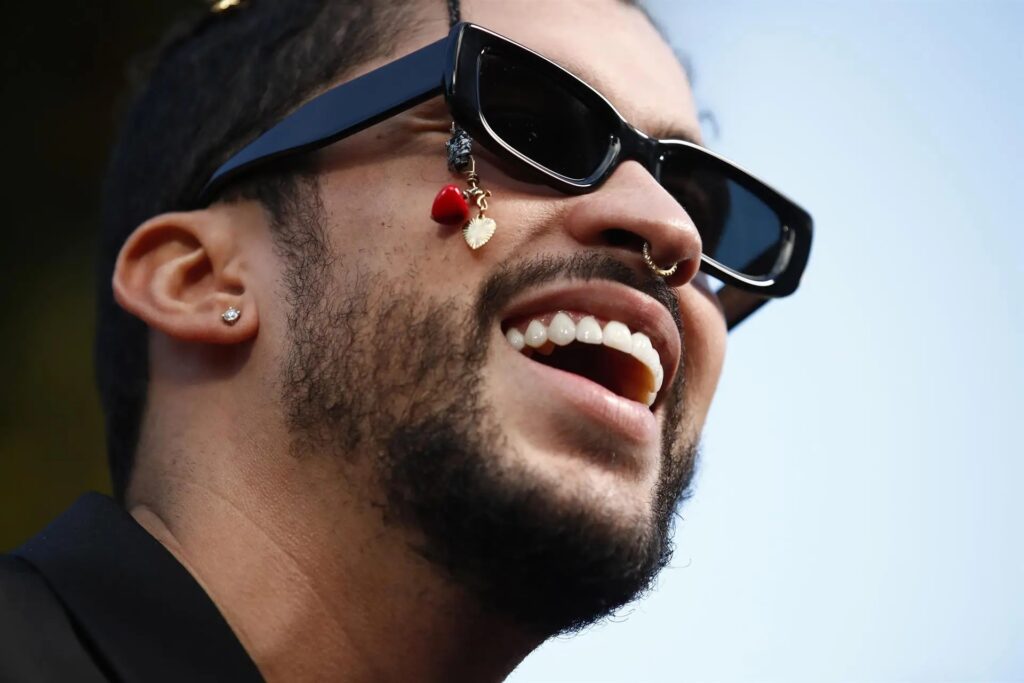
EFE/Caroline Brehman
The Backlash, the Brand, and the Long Game
Of course, there will be grumbling. Some viewers will reject a Spanish-language set on America’s biggest TV night. Others will frame the artist’s politics as a provocation. And traditionalists will ask why the league is chasing playlists instead of playbooks.
But the NFL has heard this before. Every expansion has met resistance—from the forward pass to Thursday Night Football. “The league isn’t trying to please everyone,” Sturner told Forbes. “It’s trying to be clear about who the next generation of fans will be.”
And clarity requires courage. Bad Bunny’s music celebrates joy and resistance, luxury and labor, island life and exile. Those contradictions make some viewers uncomfortable—which is exactly why they matter. The NFL’s future depends on authenticity that can withstand friction.
“They’re chasing audiences they once thought weren’t reachable,” Franco told Forbes. That chase will occasionally stumble into controversy, but that’s the cost of fluency.
If the payoff is a generation of Mexican and Brazilian kids who grow up translating Patrick Mahomes highlights as easily as they translate Bad Bunny hooks, then this halftime gamble will look visionary in hindsight.
Also Read: Latin America Takes the Tatami: Judo’s Heartbeat Comes Home
The Super Bowl will supply the megaphone. Latin America will answer in rhythm. And for once, the NFL isn’t just watching the world—it’s finally learning how to sing in its language.

